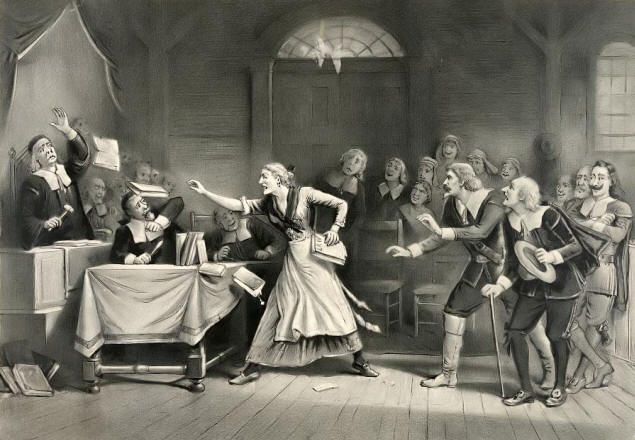3 PAGES, DOUBLE SPACED, SIZE 12 TIMES
NEW ROMAN
USE
TWO OUTSIDE SOURCES (NOT INCLUDING THE TEXT!) AND QUOTE THE PRIMARY TEXTS AS
WELL.
This link will also help with MLA
questions: owl.english.purdue.edu/owl/resource/747/01
Refer to the class blog for outside
source info: http://eng102fall16.blogspot.com/
Pick ONE of the essay topics
below for your paper.
1)
Explain
the role of God and/or religion in (at least TWO) “A Good Man is Hard to Find”,
“A Very Old Man With Enormous Wings” and Life
of Pi. Use examples from the texts along with outside sources to support
your thesis.
2)
The issue
of whether The Misfit had grace or not was discussed in class. Pick a side of
the argument and defend your thesis with outside sources and examples from the
text.
3)
Explain
the role of magical realism in “A Very Old Man With Enormous Wings” and Life of Pi. Pick out three examples from
these two and explain how they can be described as magical realism. Use
examples from the texts along with outside sources to support your thesis.
“Where Are You Going, Where Have
You Been”
4)
Discuss how Arnold Friend is
portrayed as a devil/Satan character in “Where are you going, where have you
been.” Use examples from the texts along with outside sources to support your
thesis.
Introduction
The introduction should start with a
general discussion of your subject and lead to a very specific statement of
your main point, or thesis. The thesis should tell in one (or at most two)
sentence(s), what your overall point or argument is, and briefly, what your
main body paragraphs will be about. You should also clearly introduce the
primary text or texts (the novels, short stories and films we cover in class).
Conclusion
Your
conclusion begins with a restatement of your main point; but be sure to
paraphrase, not just repeat your thesis sentence. Tie your main points together
about the issues and primary texts you wrote about in your paper.
NEVER INTRODUCE NEW IDEAS IN YOUR CONCLUSION.
AVOID USING DIRECT QUOTES IN YOUR INTRODUCTION OR
CONCLUSION. Sometimes a quote from an outside source is okay if it captures the
point of your thesis but avoid quoting primary texts.
You need to include in text quotations and
citations from whatever primary texts you are discussing and TWO OUTSIDE
SOURCES!
Make a connection between the outside source you
are using and your thesis and primary text.
Do not retell the story! Analyze and explain your
thesis (which is your main point).
ONLY USE RELEIABLE OUTSIDE SOURCES! Do not copy and
paste or simply change a few words around from an unreliable source. If it was
easy for you to find information to copy and paste from the internet, it’s just
as easy for me to find it.
Make sure you get the character’s names right, as
well as the author. It comes off as sloppy if you mix up characters or what
author wrote what.
Read over your work. Have someone else read over
your work. If I wrote on your paper to get help from The Learning Center, do
it! Take your paper with you and they can help you out.
“Short Stories” (Quotation Marks)
Novels,
Plays and Films (Italics)




